On October 28, IBM (NYSE: IBM) and Red Hat (NYSE: RHT) announced that they reached a deal where IBM would acquire Red Hat for $190 per share, representing more than a 60% premium over Red Hat’s closing price of $116.68 on October 26. In after-hours trading, Red Hat’s stock price jumped nearly 50% to $172.98, while IBM’s stock price fell approximately 4.3% from 124.75 to $119.84. The deal is expected to close in 2H19, and represents the largest software acquisition since Microsoft’s $26 billion purchase of LinkedIn in 2016.
IBM, traditionally a hardware business (e.g. IBM’s mainframes), has struggled to adapt to recent technology trends over the past decade. This is clearly illustrated by its revenues, which have been trending downwards for 22 straight quarters until only this year. Though it has tried to pivot by focusing more on its cloud and cognitive computing services, these attempts have largely been unsuccessful. The realm of cloud computing is dominated by Microsoft, Amazon, and Google, and the market for cognitive computing is still largely in its infancy. However, IBM’s acquisition of Red Hat will enable them to effectively compete with Amazon and Microsoft by immediately propelling them to be one of the top hybrid cloud providers. Furthermore, despite the fact that IBM currently only has a 1.9% revenue share in the cloud market (compared to Amazon’s 51.8%), IBM has stated that many of its clients have only moved 20% of their workloads to the cloud, meaning that there is still ample market opportunity since an additional 80% of their workloads can be shifted.
On the other hand, Red Hat’s business model centers on subscription support services for the open source software they license out. To date, they are one of the only open source software companies who have succeeded with this business model. While Red Hat’s flagship product is its Linux OS, it has recently switched to focusing on its OpenShift software. OpenShift enables programs to be built and run on specialized software, called containers, which can then be deployed to internal corporate data centers or the cloud. This is the other chief value proposition for acquiring Red Hat, as OpenShift will prove to be particularly helpful for IBM when they try to shift more of their clients’ workloads to the cloud. Given the current secular shift to hybrid cloud implementations, the synergy that arises between IBM and Red Hat will likely enable IBM to compete far more effectively in the current cloud landscape.
All in all, especially given the track record of acquisitions of such size (e.g. HP- Autonomy), the likelihood that Red Hat will prove to be IBM’s savior should be called into question. Furthermore, IBM has never managed a deal of such a size, and the two companies have very distinct cultures. While IBM has stated that they plan to run Red Hat as a separate unit with current CEO Jim Whitehurst directly reporting to IBM’s Rometty, this management structure may hurt IBM’s ability to achieve the market penetration that they need? Whether or not IBM successfully executes this deal, I believe that the acquisition could prove to be very fruitful and might just shift IBM’s future trajectory.

